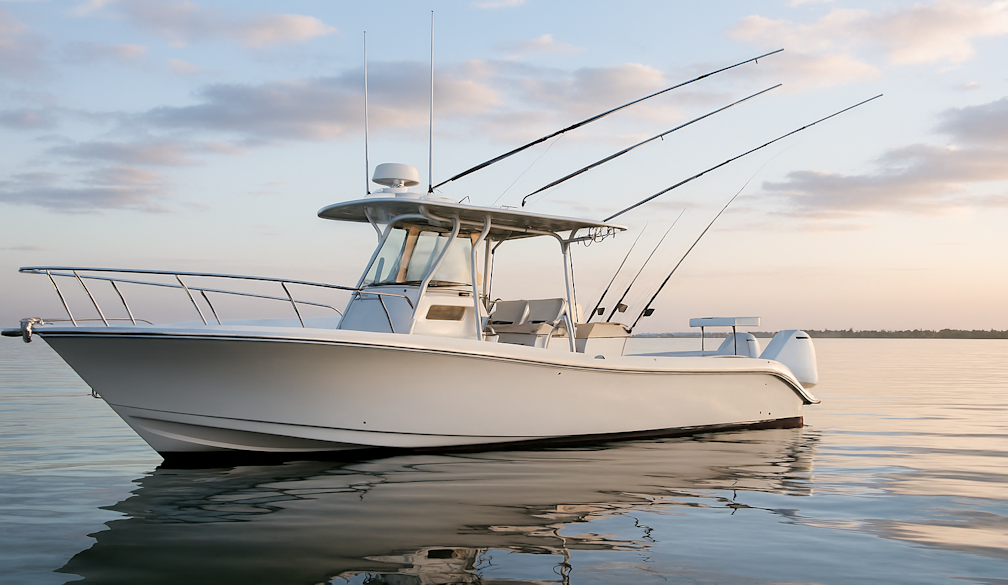The Power of Giving Back: How Volunteering Shapes Your Mindset
- Written by Modern Australian

To say the least, volunteering can maximally change the way you see the world. Period. When you step into someone else’s shoes, even for a few hours, you start noticing things you might have overlooked before: small struggles, hidden strengths, and the power of connection. Helping others first of all benefits the people you help, but at the same time reshapes your mindset, boosting empathy, gratitude, and self-confidence. Each task, whether simple or challenging, teaches lessons you can’t find in books or online courses. From organising a local event to mentoring someone, these experiences open your mind to new perspectives and possibilities. Giving back creates a sense of purpose that stays with you, encouraging growth, resilience, and a deeper understanding of your place in the world. Let's see how volunteering can thoroughly shape your mindset. Read on.
Why does giving back feel good?
Well, there are many reasons. First things first, giving back sparks an immediate sense of satisfaction that goes beyond simple happiness. When you volunteer, your brain releases feel-good chemicals, lifting your mood and reducing stress. But it’s more than just a fleeting emotion - helping others creates a lasting sense of purpose. You start noticing the difference your actions make, whether it’s brightening someone’s day, solving a problem, or simply offering a listening ear. That recognition reinforces your sense of self-worth and belonging. The act of giving also connects you to people and communities in a meaningful way, reminding you that even small contributions matter. Over time, these experiences build a mindset of positivity and resilience, showing you that the joy of helping others is also a gift to yourself.
Lessons you only learn by doing
Some lessons only come when you step into action such as in rural India or the wilderness in Tanzania, leaving books and theory behind. Volunteering teaches patience, adaptability, and problem-solving in real-life situations, showing you strengths you didn’t know you had. Immersing yourself in different communities opens your eyes to diverse perspectives and challenges. For example, participating in volunteer opportunities in Tanzania allows you to experience local culture, traditions, and day-to-day realities firsthand. Whether helping at schools, wildlife projects, or community initiatives, you gain practical skills and insights that shape your mindset. These experiences foster empathy, resilience, and a deeper understanding of how your actions ripple outward. Doing, rather than just observing, leaves a lasting mark on both you and the people you help, turning every task into a lesson that theory alone could never provide.
Connecting through kindness
Connection is at the heart of volunteering. Every act of kindness, big or small, builds bridges between people and communities. When you take the time to help someone, listen, or simply be present, you create bonds that go beyond surface-level interaction. These moments reveal the shared humanity in all of us, reminding you that empathy and understanding are skills you can actively practice. Volunteering encourages collaboration, communication, and genuine care, turning simple actions into meaningful relationships. This is where the power of giving back lies. Over time, these connections inspire personal growth and broaden your worldview, showing you the power of community as well, which is the milestone of volunteering.
Small acts, big impact
Even the smallest gestures can create remarkable change. Volunteering doesn’t always require grand projects, because simple acts like tutoring a child, planting a tree, or helping a neighbour can ripple far beyond the moment. Each small contribution adds up, influencing communities and inspiring others to take action. These seemingly minor efforts teach patience, persistence, and the value of consistent effort. Over time, the cumulative effect of small acts builds stronger, more resilient communities while shaping your own character. You learn that impact isn’t measured solely by scale but by intention and consistency.
From helping hands to open hearts
Volunteering starts with action, but it often transforms into something deeper. As you extend your hands to help others, you open yourself to new experiences, emotions, and connections. Each act of service teaches empathy, patience, and understanding, showing you that giving is not just about the task but about the relationships you build along the way. Through consistent involvement, small gestures grow into meaningful bonds, and your outlook on life evolves as well. You begin to see challenges differently, appreciate diversity, and value human connection more fully. Helping others encourages self-reflection and personal growth, turning simple acts of service into profound lessons.
All in all, volunteering transforms both giver and receiver. Every act, big or small, shapes your mindset, builds connections, and inspires growth. When you give back, you discover empathy, purpose, and joy, proving that helping others truly enriches your own life as much as theirs.




























